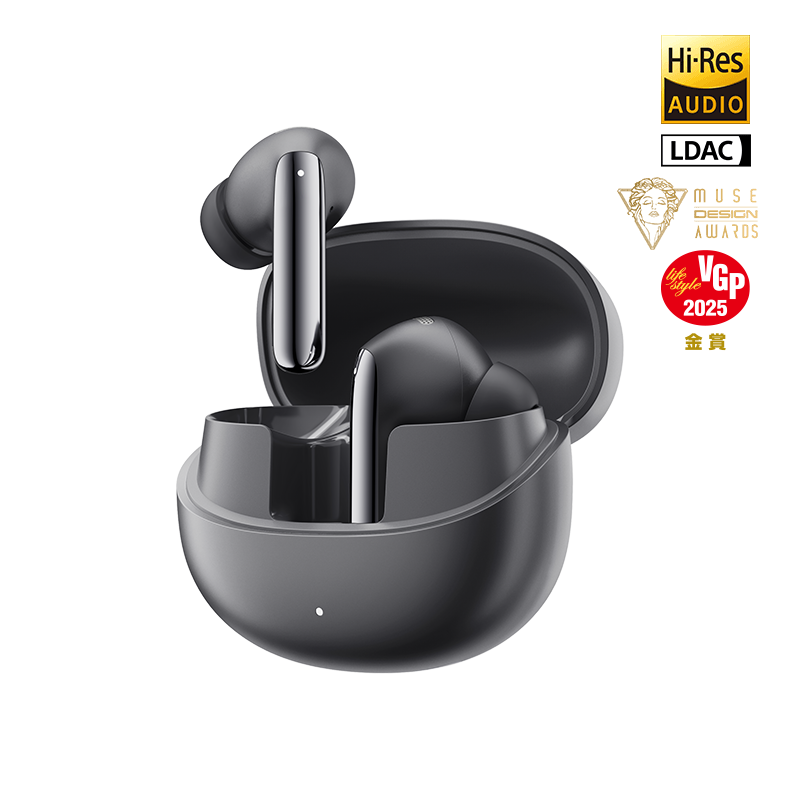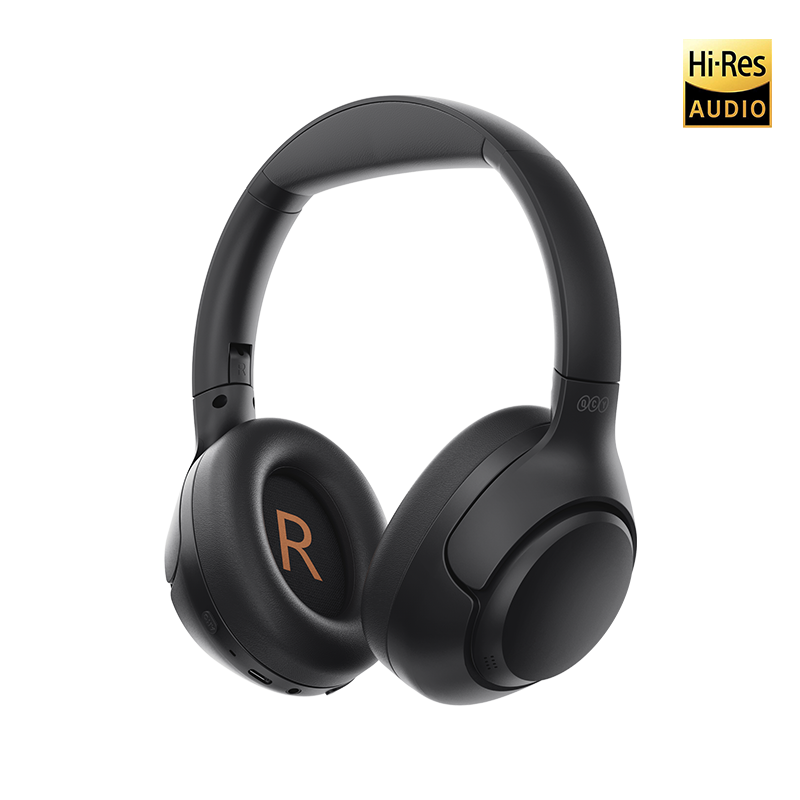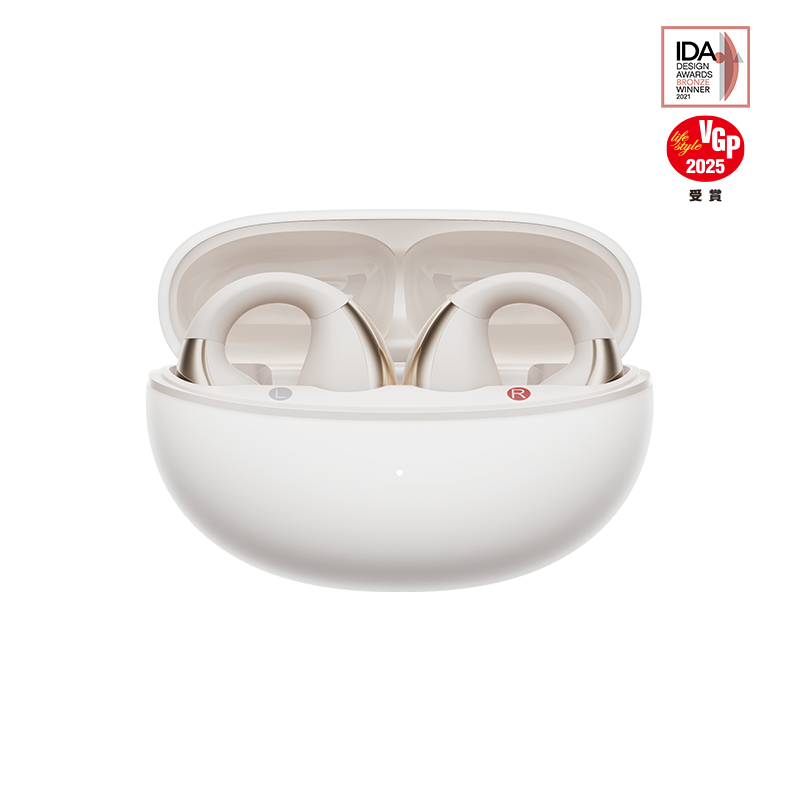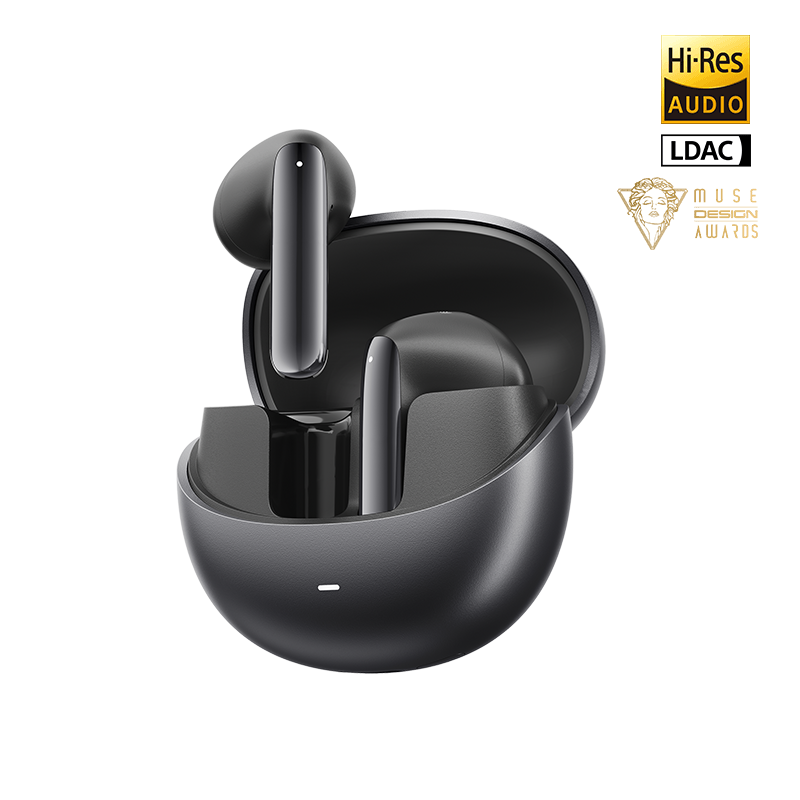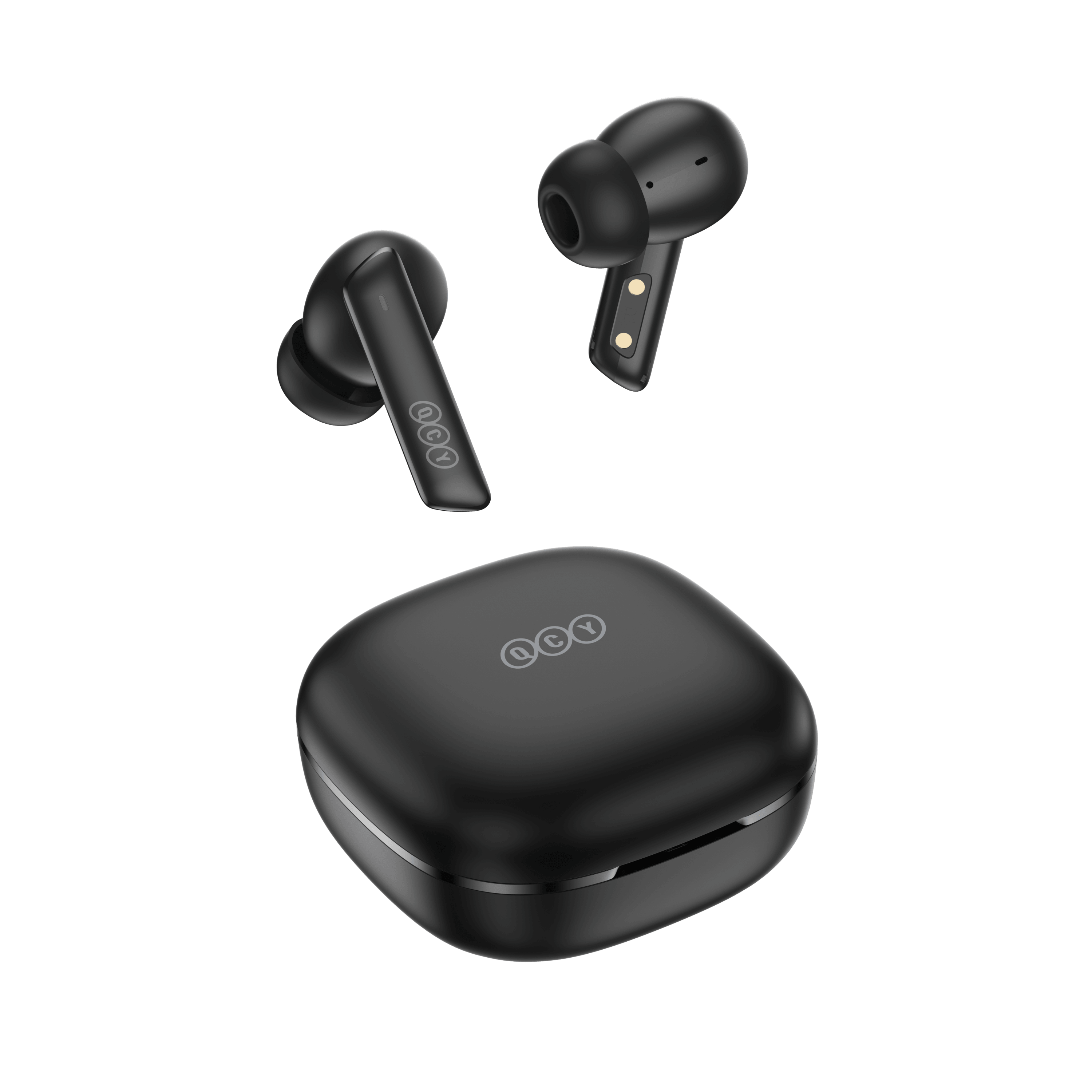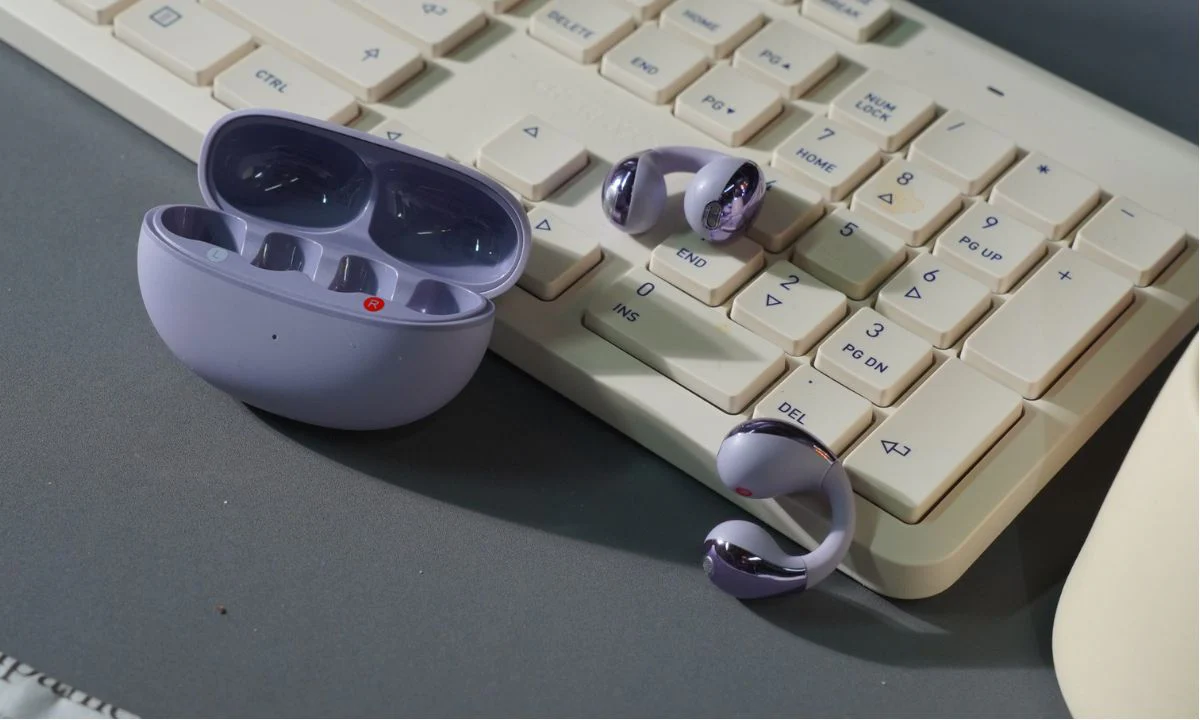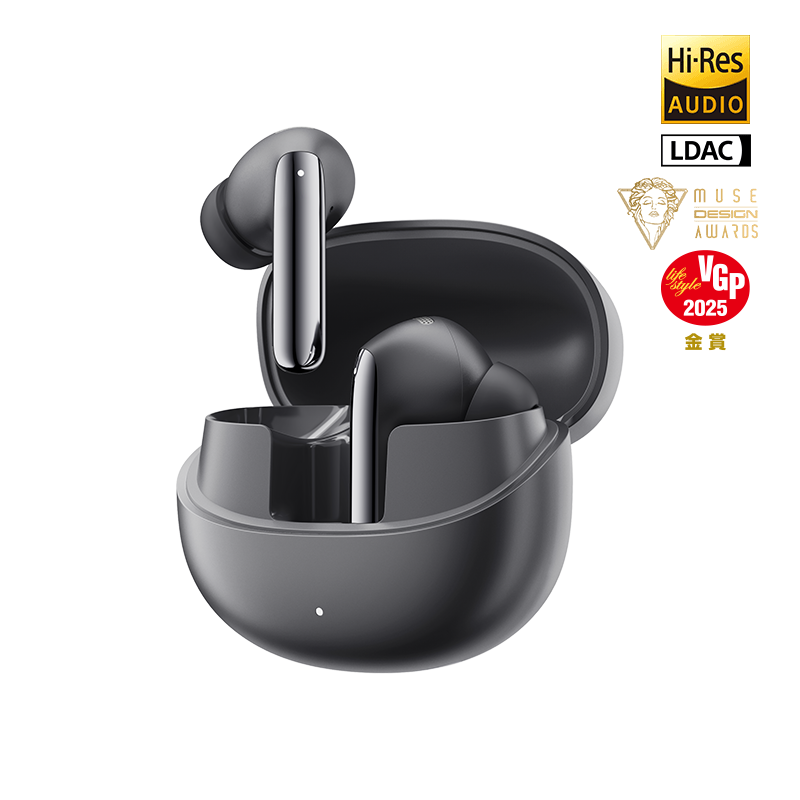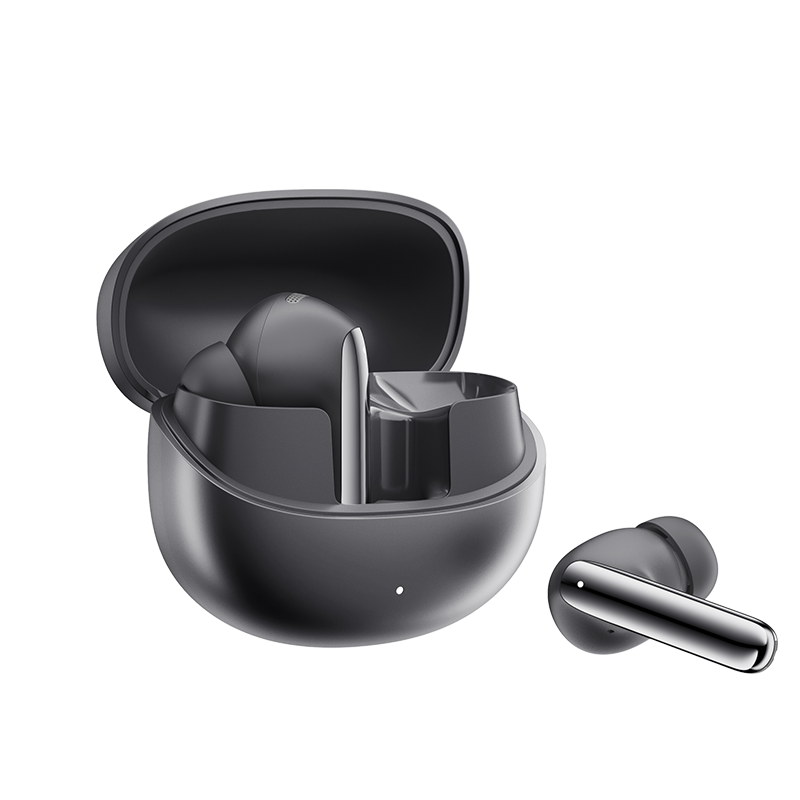
In today's world of constant noise and distractions, headphones have become essential for creating a personal bubble of sound—whether you're commuting, working, or just trying to relax. One of the most important features to consider when purchasing headphones is noise cancellation, but not all noise-cancelling technology is created equal. There are two main types: active noise cancelling (ANC) and passive noise cancelling (PNC).
In this post, we’ll break down the key differences between these two technologies, how they work, and which one might be the right choice for your listening experience.
What Is Passive Noise Cancelling (PNC)?
Passive noise cancelling, also known as sound isolation, works by physically blocking external sounds. Headphones with PNC rely on the design and materials used in the ear cups to reduce external noise. For example, over-ear headphones with thick padding can create a seal around your ears, while in-ear headphones can fit snugly in your ear canal to reduce ambient sound.
How Passive Noise Cancelling Works:
- Physical barrier: By using foam, padding, or silicone ear tips, PNC headphones block out higher frequencies, like voices or general background chatter.
- No electronics involved: PNC doesn't require power or any special technology to function, making it a more natural method of reducing noise.
Pros:
- Effective at blocking mid-to-high frequency noise (like voices, wind, or traffic sounds).
- No battery required.
- Often more affordable than ANC models.
- Works at all times, even when the headphones are off.
Cons:
- Less effective at cancelling out low-frequency sounds (such as engine rumbles or air conditioners).
- Can feel bulky or uncomfortable due to reliance on materials for sound isolation.
What Is Active Noise Cancelling (ANC)?
Active noise cancelling, on the other hand, uses advanced electronics to reduce unwanted noise. These headphones are equipped with microphones that detect external sounds and then produce sound waves that are the inverse (opposite) of the detected noise, effectively canceling it out.
How Active Noise Cancelling Works:
- Microphones detect ambient noise: External microphones on the headphones pick up environmental sounds, such as airplane engines or city noise.
- Inverse sound waves: The headphones generate sound waves that are the exact opposite of the noise, effectively cancelling it out through a process known as destructive interference.
- Powered by a battery: Since ANC relies on electronics to function, these headphones need a power source, typically a rechargeable battery.
Pros:
- Highly effective at cancelling low-frequency sounds (like airplane hum, subway noise, or office chatter).
- Enhances music clarity in noisy environments by reducing background distractions.
- Can make long journeys or busy environments more comfortable.
Cons:
- Requires power, which means the ANC feature will stop working if the battery dies (though many headphones still work in passive mode).
- Can sometimes create a slight pressure sensation in the ears.
- Generally more expensive than passive noise-cancelling models.
When to Choose Passive Noise Cancelling
Passive noise-cancelling headphones might be the right choice if:
- You primarily need to block out mid-to-high frequencies (such as people talking).
- You’re looking for a more affordable option.
- You prefer not to worry about recharging batteries.
- You want something lightweight and portable, like in-ear models.
When to Choose Active Noise Cancelling
Active noise-cancelling headphones are ideal if:
- You often find yourself in environments with constant low-frequency noise, like airplanes, trains, or busy streets.
- You want the most immersive, quiet experience possible for listening to music, podcasts, or audiobooks.
- You don’t mind paying a premium for a more advanced feature set.
- You’re okay with recharging your headphones regularly.
QCY’s Approach to Noise Cancelling
At QCY, we offer both passive and active noise-cancelling solutions in our headphones lineup. For example:
- QCY H3 Over-Ear Headphones feature 43dB Hybrid ANC technology, perfect for creating a silent oasis in noisy settings, while its passive design ensures excellent isolation without ANC activated.
- QCY AilyBuds Pro+ uses Adaptive ANC and advanced PNC design to provide flexible noise control, catering to both low and high frequencies for an immersive experience.
- QCY MeloBuds Pro offers multiple ANC modes to suit different environments, along with comfortable passive noise isolation.
Final Thoughts
Both active and passive noise-cancelling headphones have their advantages, and the best choice depends on your personal needs. Whether you prioritize simplicity and comfort or cutting-edge noise reduction, QCY has a range of options to enhance your listening experience.
When choosing between ANC and PNC, consider your environment, usage patterns, and how important complete noise isolation is to you. Whether you’re a frequent flyer, a commuter, or just want some peace at home, understanding the difference between active and passive noise cancelling will help you make the right decision.
Explore QCY’s latest noise-cancelling headphones today for the perfect blend of technology and comfort!





